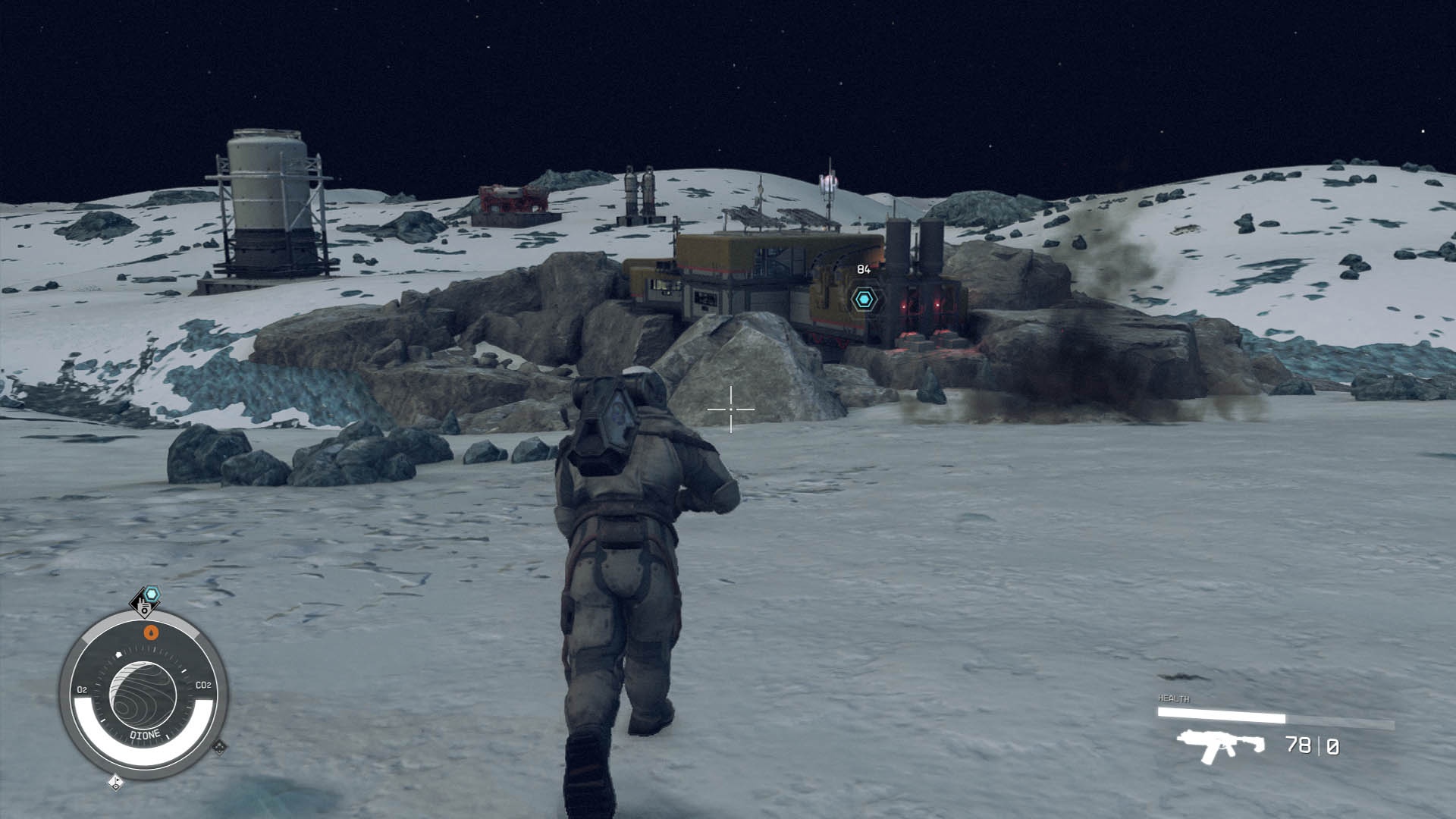The best thing about Starfield is that it often does a great job of diverting our attention from the title’s couple of glaring letdowns. Here’s what we really love about Bethesda’s long-awaited RPG epic.
There is no doubt that the Starfield is a game to play for years to come. It is also one that really grinds our gears with some severe drawbacks. But despite what players don’t like about Starfield, it does come with many things that deserve some love.
From its enthralling faction quests to its compelling central narrative, Starfield bears the mark of being the ultimate title of the studio.
12 Best Things About Starfield
Indeed, Starfield might not be the ultimate space sim out there due to its long-winded, fast-travel menus and lackluster spacefaring elements. But it does come with a notable leap over the studio’s previous titles that made household names. That includes an improved combat system, more intricate character progression, and roleplaying mechanics.
Without further ado, let’s talk about the best things about Starfield!
1. Starfield’s faction quests are simply amazing.
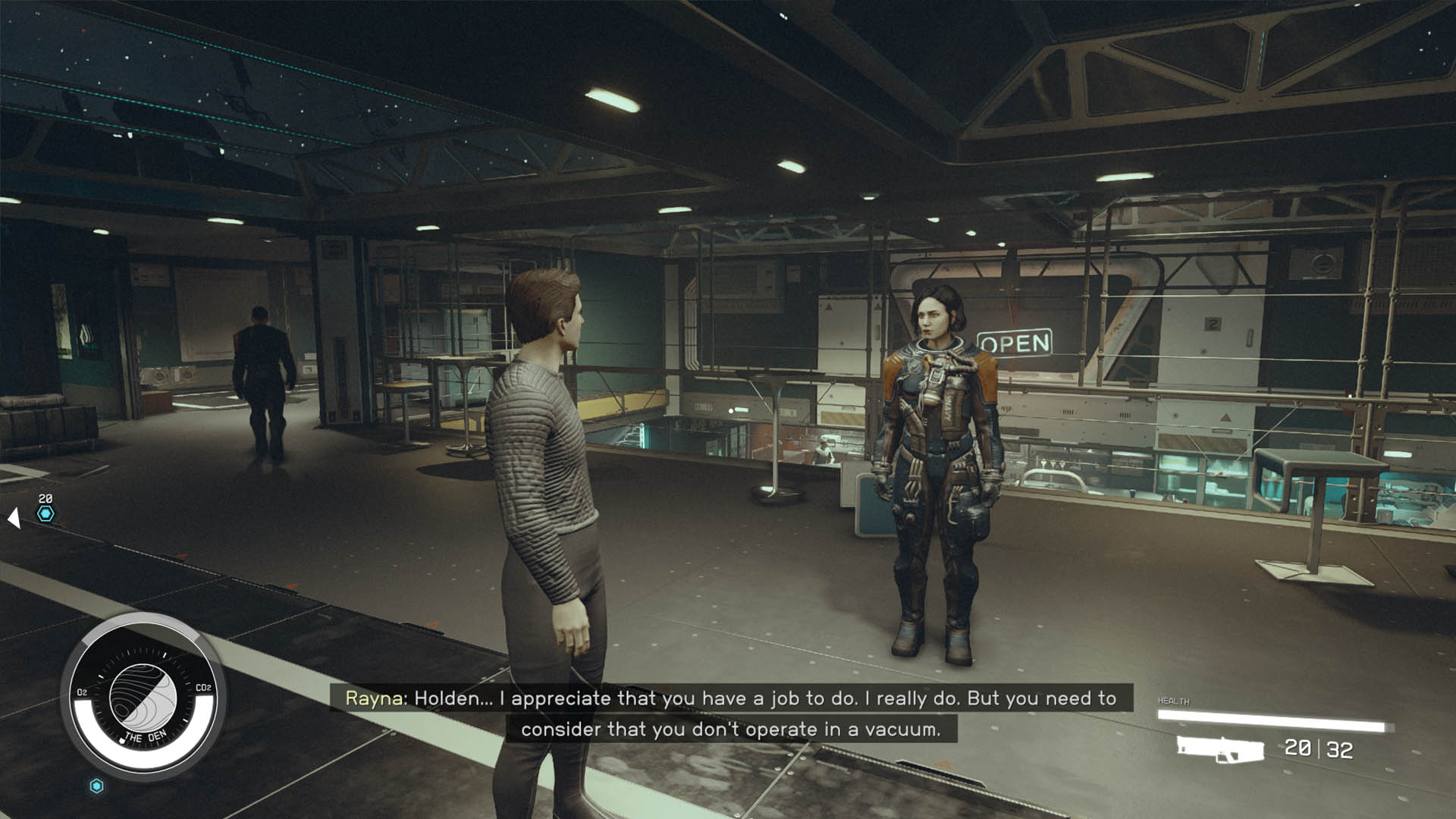
The faction quests might be Starfield’s strongest suits. Bethesda’s latest RPG depicts a far future filled with all kinds of factions. From interstellar vigilantes to religious sects, the game’s world is a bustling hive of intriguing groups. Almost every one comes with many quests and unique rewards, too.
Like the studio’s earlier games, Starfield allows you to join these factions by completing their questlines. But Bethesda set the bar high this time, as it is even possible to join every faction in Starfield’s cosmic playground simultaneously.
In fact, Starfield’s faction quests might be the best among Bethesda’s games. While they might not be as legendary as the ones in The Elder Scrolls IV: Oblivion, Starfield truly shines with these questlines that make you traverse even the farthest corners of the galaxy.
You can even take the helm of some factions in the game, even though some are really obsessive about some giant space serpent.
2. It offers the ultimate form of Bethesda’s RPG formula.
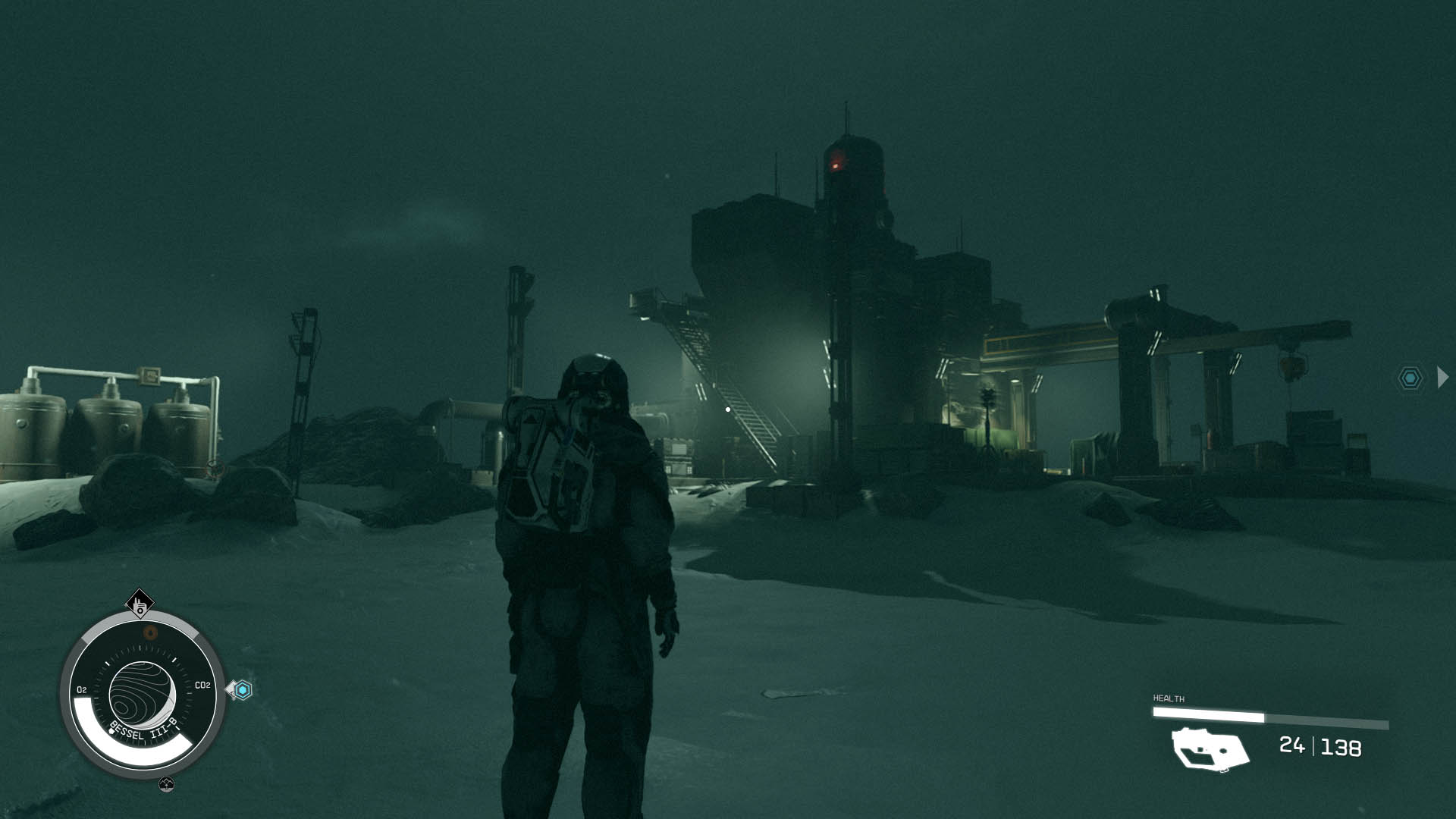
Earlier studio titles leave you all alone in massive worlds in which the player shapes their characters through quests, interaction, and exploration. Both Fallout and The Elder Scrolls series combined the sense of exploration with solid roleplaying elements on wonderfully crafted sandboxes.
These very sandbox worlds allowed players to tailor their own experience. That’s why almost no Skyrim, Oblivion, or Fallout: New Vegas playthrough was similar to another one.
In Starfield, Bethesda takes this asymmetrical RPG formula and reinforces it in a bigger and more ambitious world than the ones in their previous releases. Indeed, their earlier titles achieved widespread recognition and defined the studio’s reputation. That said, Starfield is the ultimate result of the studio’s acclaimed RPG formula they have worked on for years.
3. Starfield also brings back the silent protagonist.
Bethesda’s last single-player title, Fallout 4, was met with negative backlash due to its voiced protagonist. For many, a voiced protagonist prevented players from connecting with the idea of Lone Survivor, usually the main character of Fallout games. Following player feedback, the studio brought the silent organist back in their most recent title.
Although Starfield has some design choices that transform into glaring issues, this one is definitely not among them. While there were plans to add a voice to the main character during the initial development, the studio realized that a silent protagonist does wonders for immersion in a roleplaying game.
4. It offers an adventure into a refreshing, NASA-inspired future.
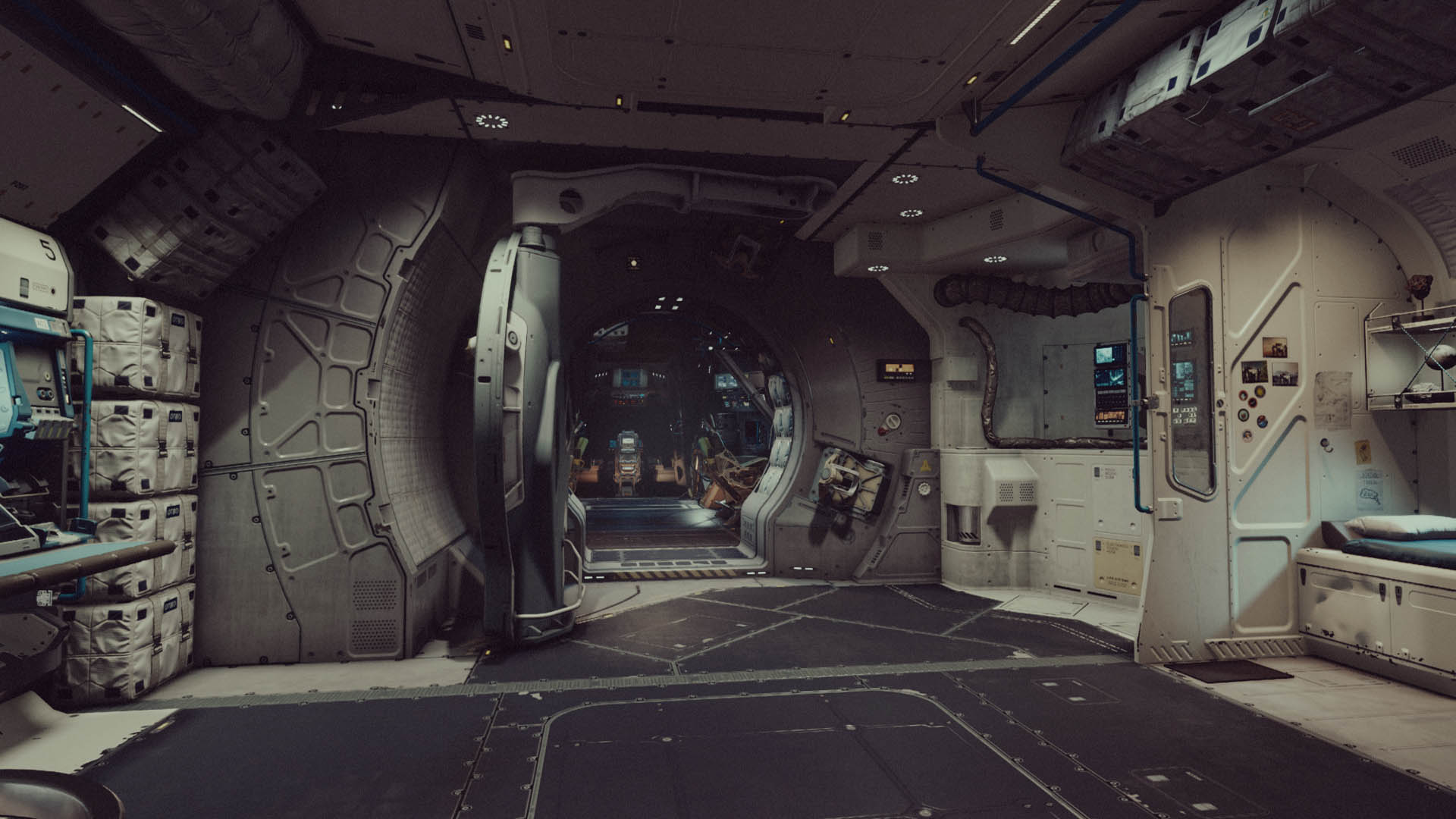
Starfield offers a refreshing depiction of the future, unlike most other sci-fi games. It has one of the most optimistic concepts of humanity’s future in space.
Indeed, the concept of “colonies living lightyears away from each other in different star systems under one banner” isn’t something we haven’t seen before. Certain factions like separatists, pirates, rebels, or religious groups are also commonplace in most sci-fi games alongside books and movies.
But Starfield doesn’t only include the core elements and the subjects of the genre. But it also infuses them with NASA-inspired depictions. It comes with a unique blend of futuristic tech and vintage space race aesthetics, making its world more believable than most.
Unlike No Man’s Sky’s extremely distinct portrayal of the galaxy or Star Citizen’s ultra-futuristic portrayal of humanity, Starfield’s innovative yet nostalgic aesthetic strikes a unique balance that feels new and familiar at the same time.
5. Starfield’s progression system offers total freedom.
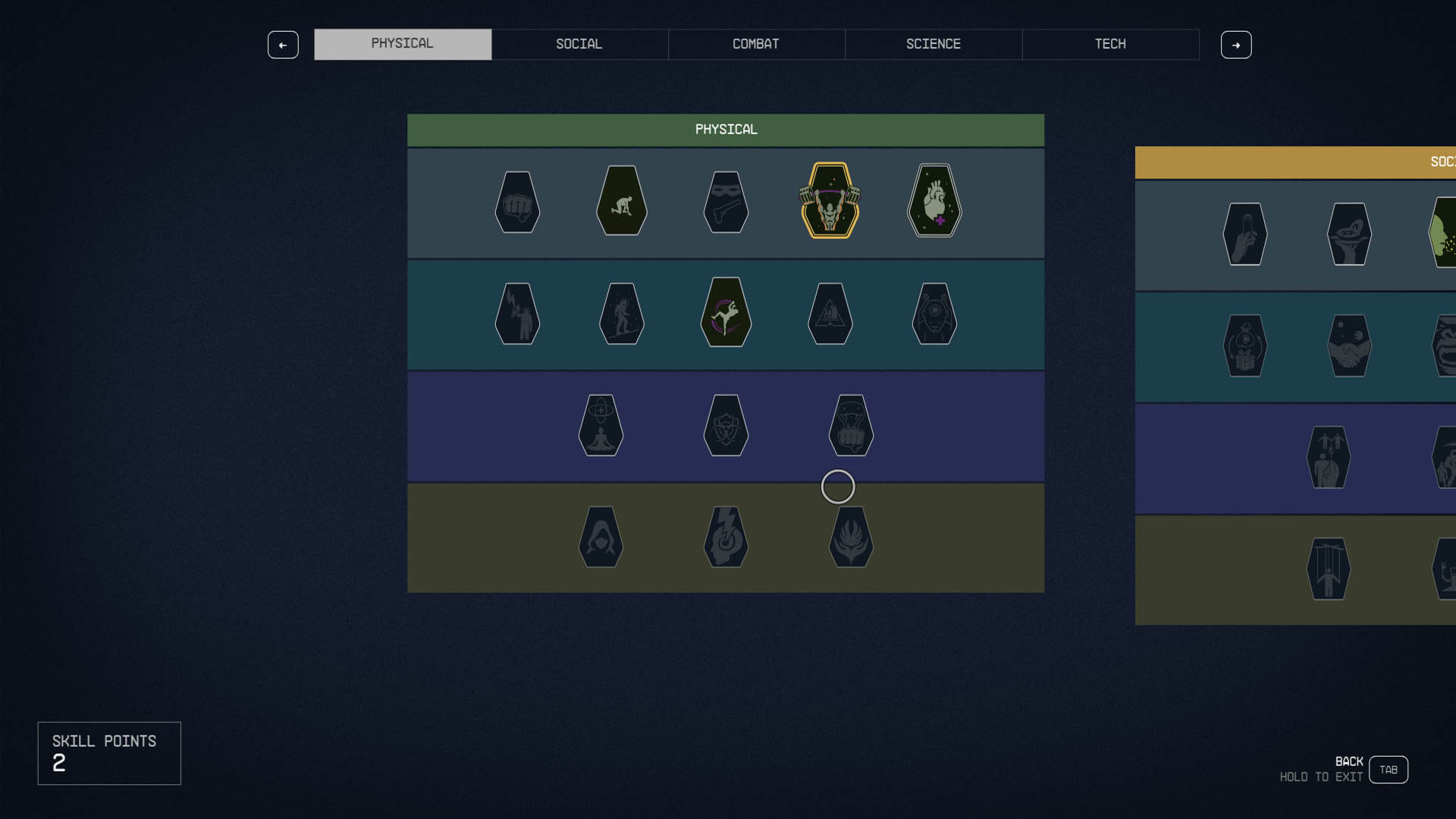
The progression system of Starfield, along with its predecessors, is worthy of praise due to its flexible and immersive nature. Unlike many other RPG games, no game in the studio’s other franchises forces you to progress your character in a predefined class.
While they allow you to choose your character’s traits and other fundamentals initially, how or what your character will be is entirely up to you. That’s why the abilities improve as they are used, with perks supporting the process even further.
This organic skill-based system has been the staple of Bethesda’s previous releases. But Starfield masterfully employs this character progression formula to its fullest extent. It improves upon its predecessor’s progression mechanics while offering a brand-new galaxy to explore.
6. Starfield is filled with moments of brilliance.
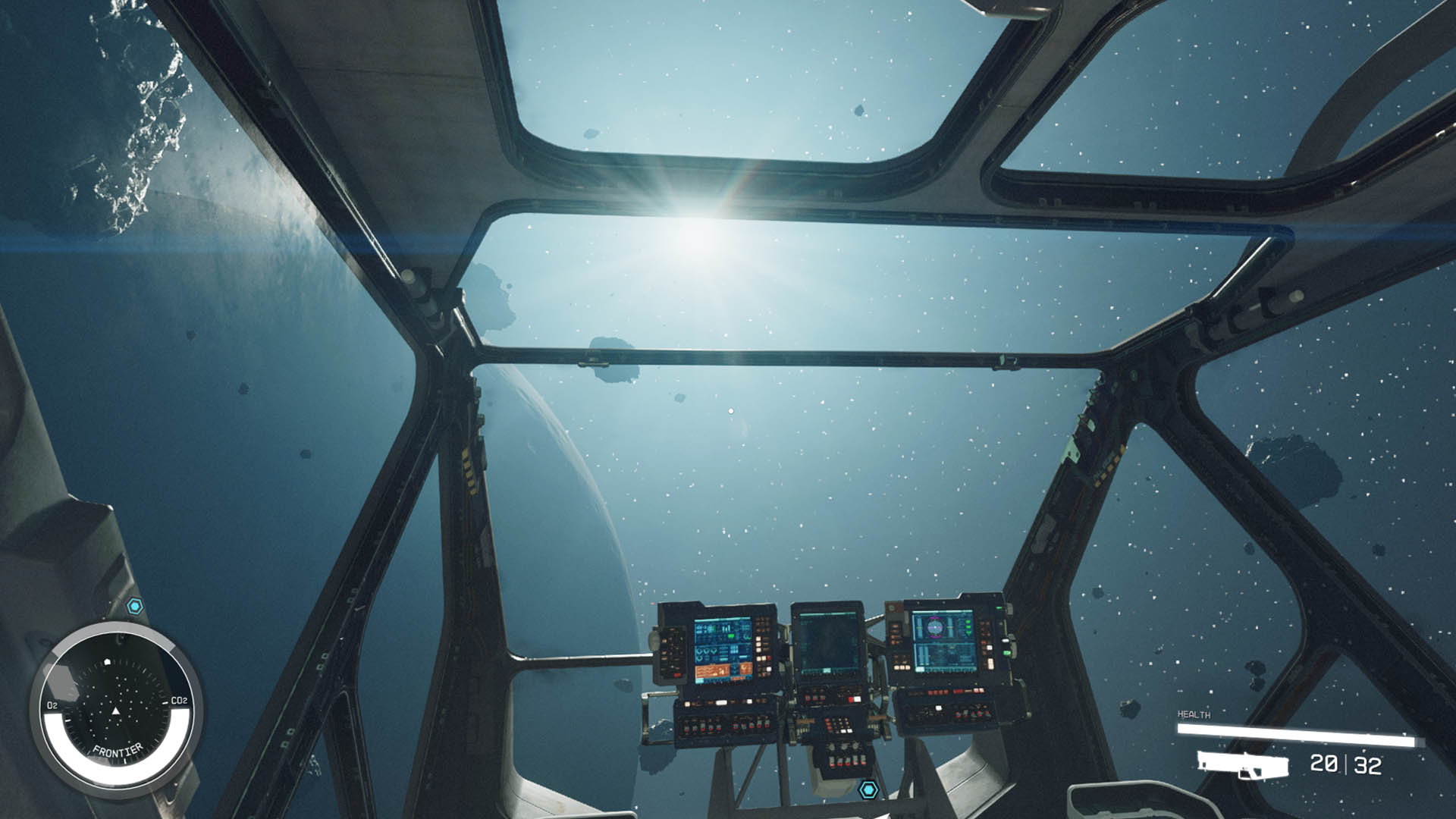
Starfield might not be the immersive space simulator and RPG you expect. The fact that there is no actual space travel is one of the most prominent complaints about the game.
But despite this evident shortcoming of Starfield, it is simply impossible not to immerse yourself in one of its planets, especially when you land on one for the first time. As you start foraying into the foreign wilds for survey or exploration, your ship waits for you while its engines cool down…
Small details like this support Starfield’s ability to captivate you in its world. The developer has clearly put considerable effort into making exploration in the game feel genuine as well.
An example of this would be my small pastime on the old, abandoned Earth. Even though it is inhabitable after Starfield, I decided to build an outpost on Earth, as our tired Sun kept shining on it.
As I slowly placed the habs and decided on the layout of my outpost, I realized that the Sun was rising on the horizon. A very subtle ambient sound accompanied it as our ancient Sun rose on the abandoned Earth again. I stood in our ravaged, desolate home after 300 years.
Looking at the northern lights in Skyrim with divine music in the background was one of the many things that made millions fall in love with it. Starfield also has its moments of brilliance like this one.
7. Starfield’s combat mechanics are better than the ones in previous games.
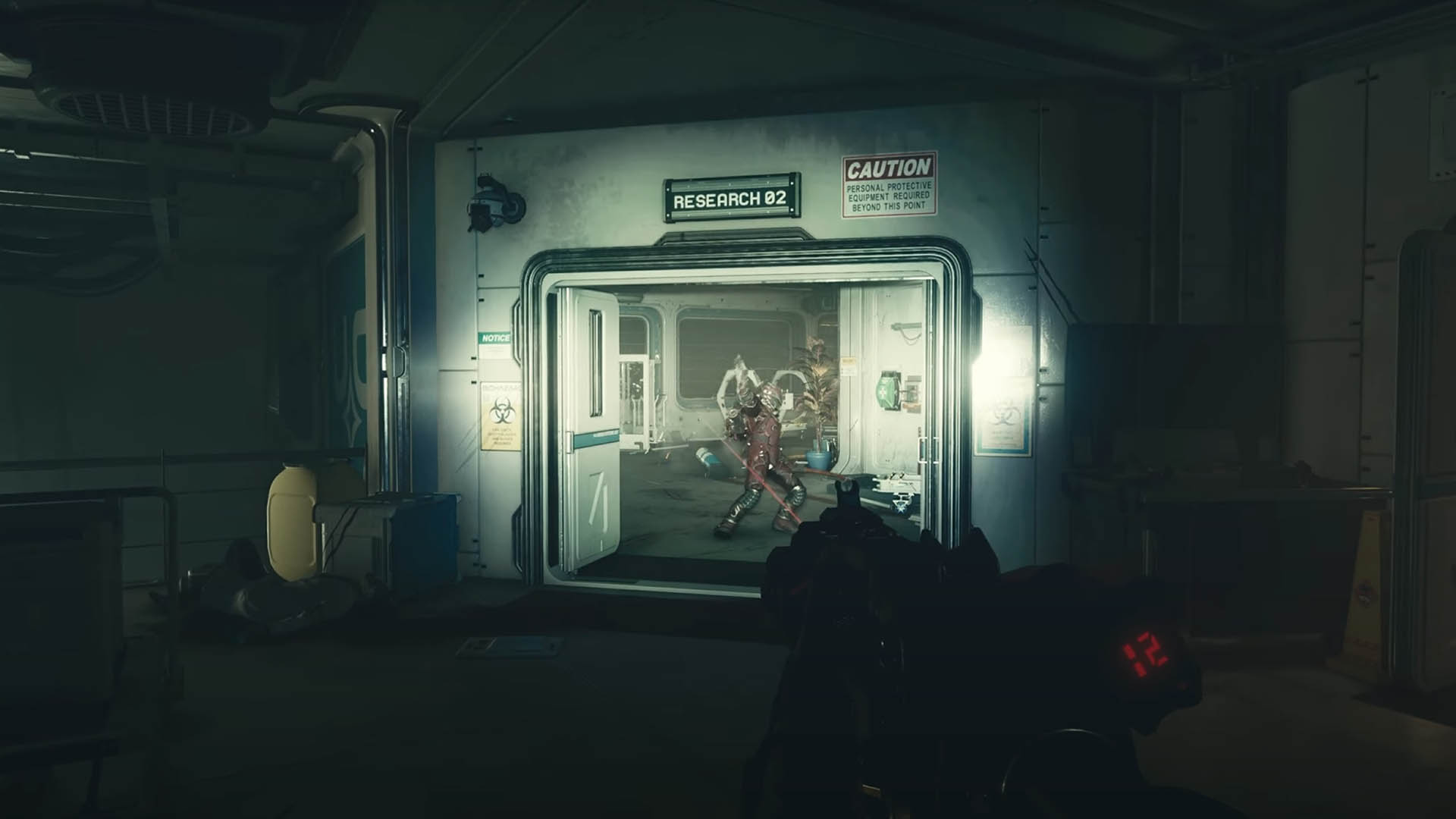
Starfield lacks the celebrated VATS system of Bethesda’s previous single-player RPG, Fallout 4. The VATS stands for Vault-Tec Assisted Targeting System and has been a core element of the Fallout franchise’s gameplay, allowing players to shoot at the enemy’s specific body parts to deal more damage.
This inevitably introduced a more strategic layer to the gameplay of the Fallout titles. It also complemented the lore and the use of Pip-Boy.
Starfield, on the other hand, doesn’t come with an assisted targeting system. But it still easily surpasses Fallout 4 or Fallout 76’s combat system thanks to its rich arsenal of weaponry and more responsive gunplay.
The space RPG also comes with better animations that incentivize diving into more space skirmishes. Especially when you are in a spaceship or a low-gravity planet, the shootouts in Starfield turn into something you don’t want to miss, with enemies start flying around.
When the enemies feel like they are soaring the bullets, a solid headshot usually does the trick. When you combine this with Starfield’s distinct weapons, it is safe to say that the developer has significantly improved combat mechanics, as you never feel the absence of the VATS system.
8. The shipbuilding system in Starfield is just wild.

Shipbuilding is one of the best things about Starfield. You can build pretty much anything in the game, ranging from Futurama’s Planet Express to Han Solo’s Millennium Falcon. This highly flexible aspect of the title allows you to forge even the strangest creations into interstellar voyagers.
You can also steer clear of this intricate system and simply upgrade your current ship from the related tabs. Stealing ships you’ve encountered during your journeys in Starfield is also possible. Whether you turn it into a solid space fighter in the building menu or sell it for profit, the game’s shipbuilding system will absorb your hours.
On the other hand, it’s worth noting that Starfield’s awfully limited space exploration can diminish the system’s long-term appeal. But still, there’s no denying that the sheer depth of Starfield’s shipbuilding system is brilliant.
9. You can customize your weapon, helmet, and spacesuit.
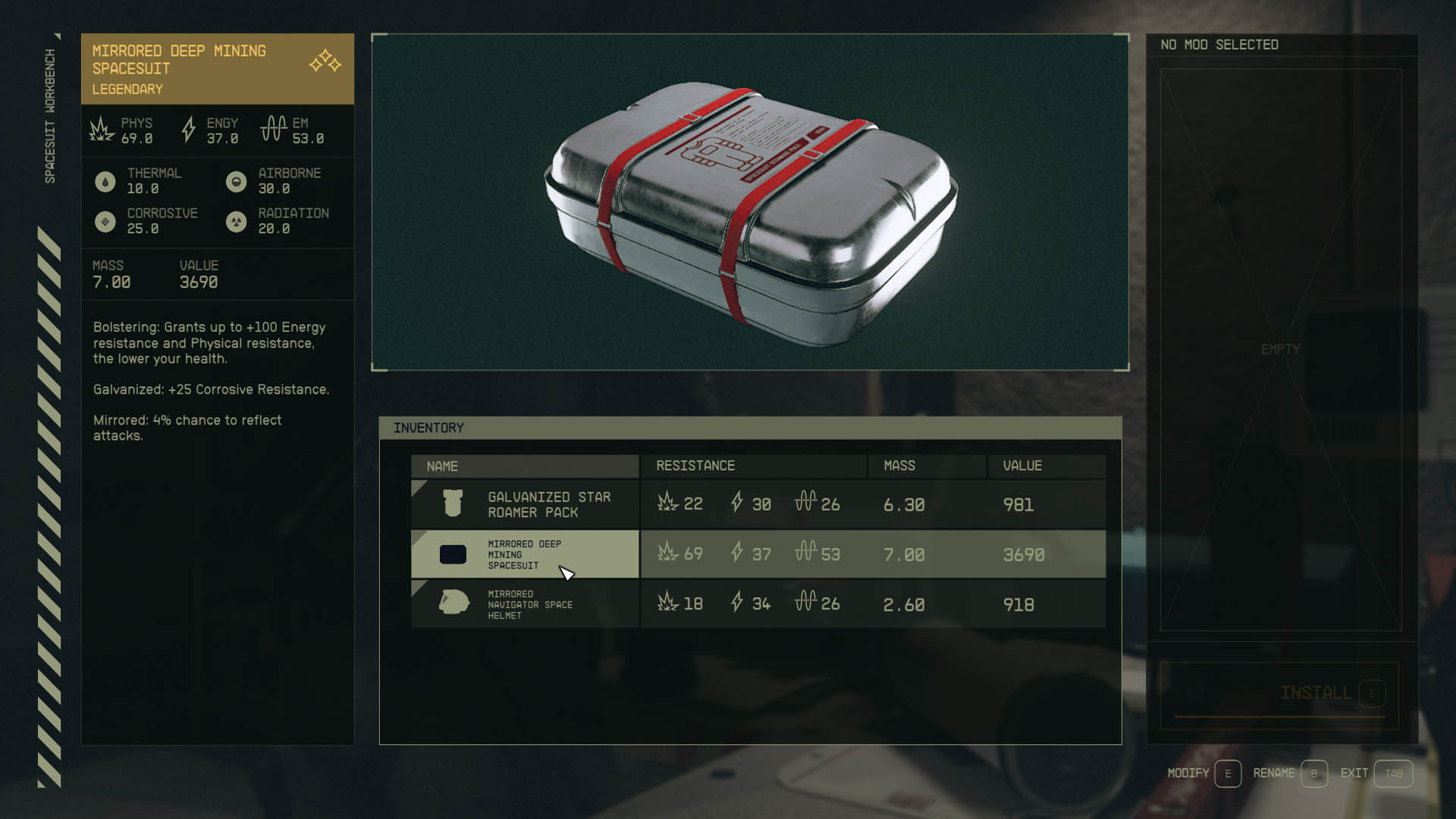
Starfield also showcases a notable leap over the studio’s previous titles regarding customization. You can modify your gear, weapon, helmet, and spacesuit in Starfield to their full extent.
Similar to the weapon modding system in Fallout 4 and Fallout 76, your weapon’s sights, magazines, and damage can all be modified at a Weapon Workbench. You can also reach new heights by activating mods on your helmet, spacesuit, and boost pack.
Upgrading your gear and weapons in Starfield is not easy, though. You must complete certain Research Projects by gathering the right resources during your adventures. Starfield’s progression system also complements its upgrading system. You also need to unlock skills to dive fully into the world of crafting.
Even hunting for resources to improve your equipment is a great incentive to explore more of Starfield’s planets. This is great for those who love grinding to max out their characters. But it is also perfect for those who just want to foray into the dark corners of space without overthinking about their suit’s damage resistance.
10. Starfield’s main story is truly captivating.
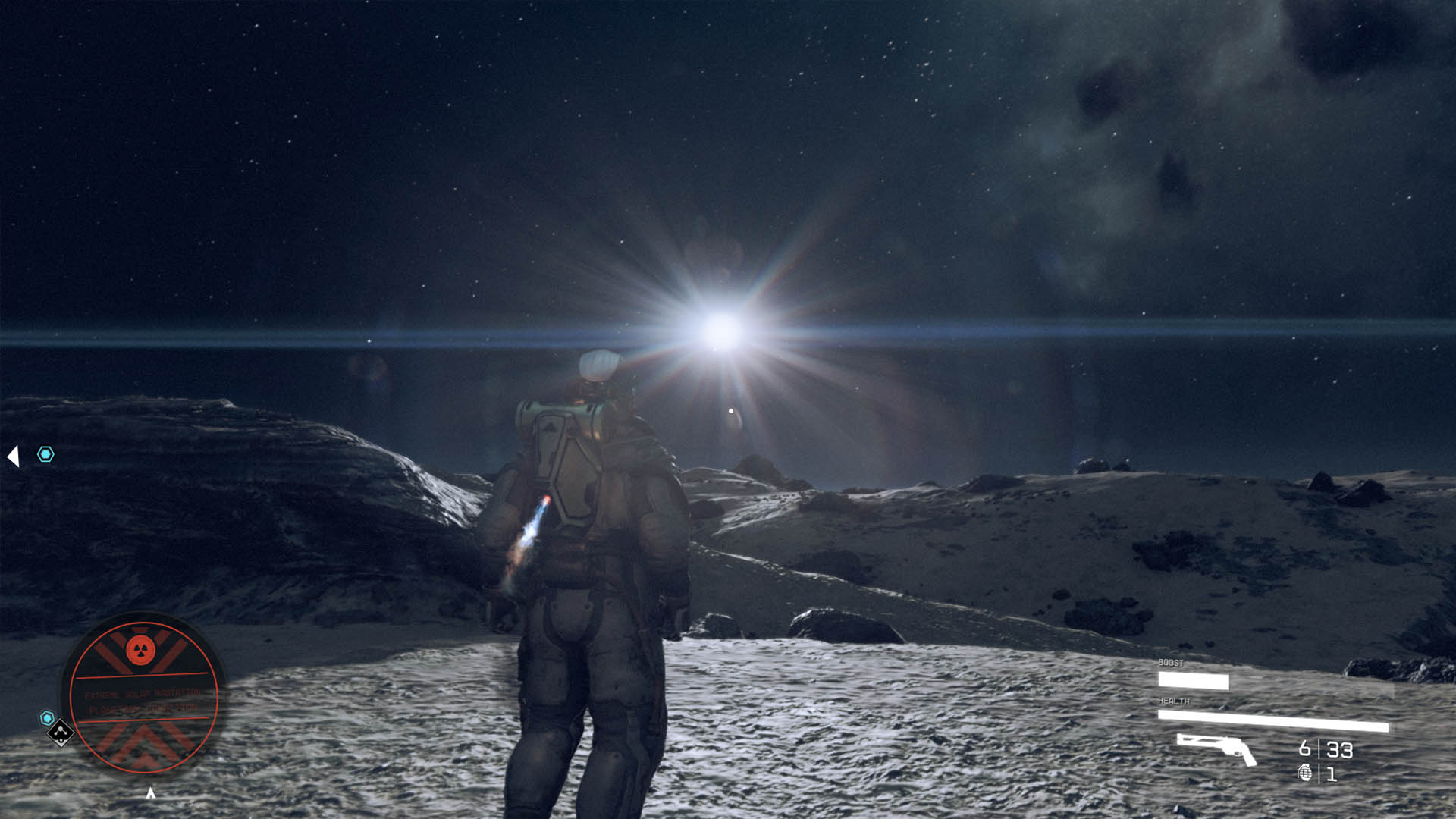
The tradition in Bethesda games dictates that you skip the main quest until you’re done with the open world. But again, in Bethesda games, being done with the open world is no easy task as it bombards you with quests and mysteries waiting at every corner.
However, sticking with the main story in Starfield and avoiding the lustful call of exploration for a while is a great idea. That’s because the main narrative is one of the best things about Starfield. Although it unravels rather slowly, the main quest is one of the best things about Starfield. From Constellation’s brilliant quests to its fleshed-out characters, the main story of Starfield does wonders to showcase the game’s true scale.
Let’s not forget that both Skyrim and Fallout “needed” a central narrative to keep the player in its immersive loop. But the sheer amount of side quests and the explorable areas were always more inviting in these titles. That’s why a Bethesda RPG is famous today for its side or faction quests instead of its main storyline.
Contrary to the ones in these RPGs, Starfield’s main quest is the primary incentive to keep exploring its vast world. It throws you into a web of compelling plot twists reinforced with well-rounded characters and a myriad of possibilities.
Starfield’s story also offers an engaging narrative embellished with intriguing characters and well-written dialogues. Alongside that, the game also throws a miasma of side quests at the player at every stage, like its predecessors. The space RPG amplifies its immersion with no-brainer activities, random encounters, and brilliant faction quests.
11. The outpost building adds a whole new layer to the gameplay.
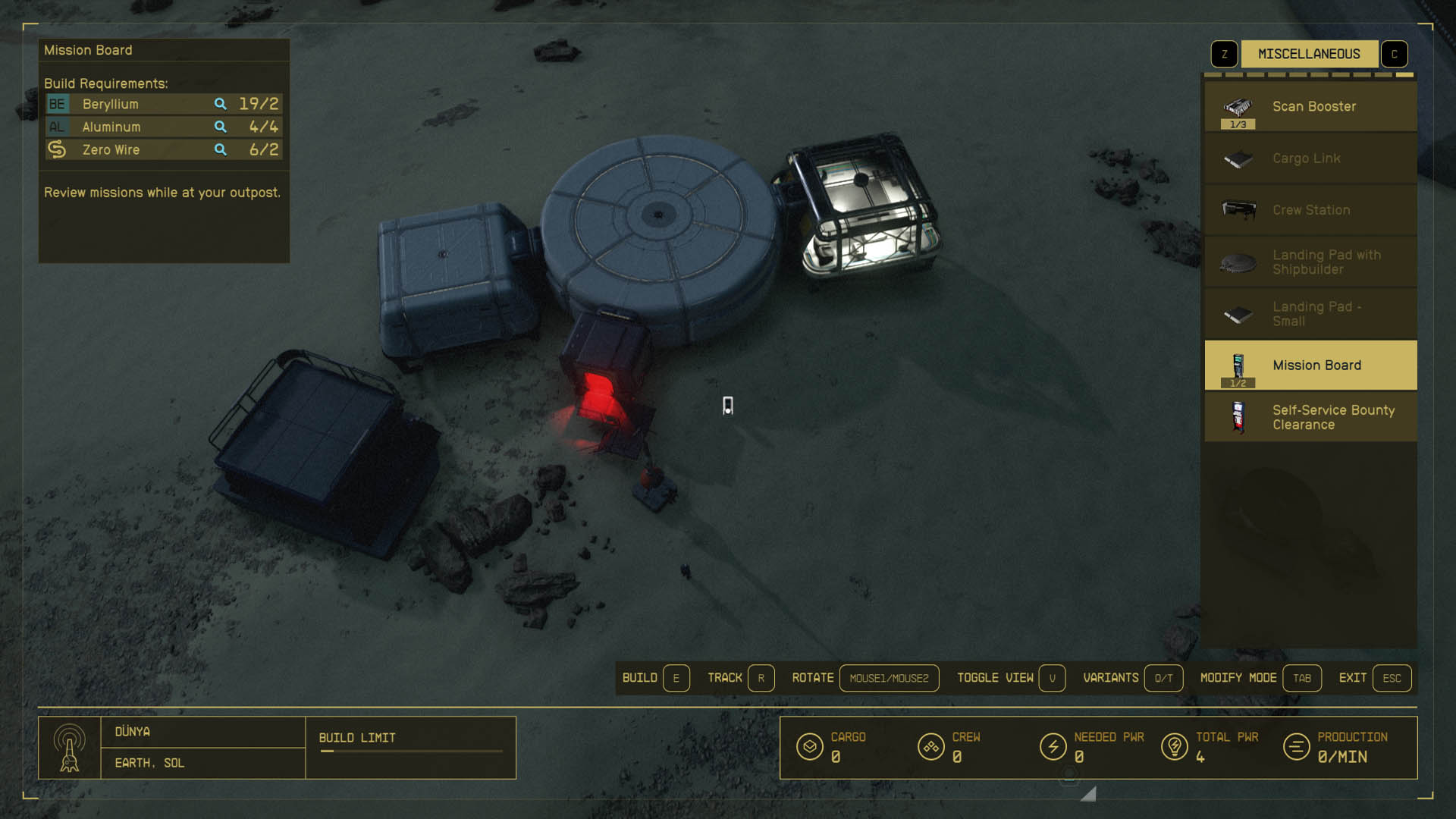
Starfield’s outpost system allows you to build a home in the farthest corners of the galaxy. It also lets you turn it into a massive mining factory or an idle manufacturing empire that prints money and experience points.
The way the outpost system works is a bit different from Fallout 4’s settlement system, though. They are not safe havens for the troubled wasteland dwellers. You also don’t need to build them since Preston Garvey keeps bugging you.
Instead, Starfield utilizes a more intricate outpost system, allowing them to use them as mobile camps, mining factories, or simply extra storage. Regardless of their purpose, you will have to sink your hours into building a simple outpost.
If your camp is up and running, you can assign crews to colonize a planet and build a cargo link to connect it to another outpost. Once you have a large arsenal of outposts across the star systems, you’re ready to extract resources and craft mods to improve your equipment. You can also sell these resources to turn into a space colonizer. It is entirely up to you.
12. More than a thousand planets to explore.
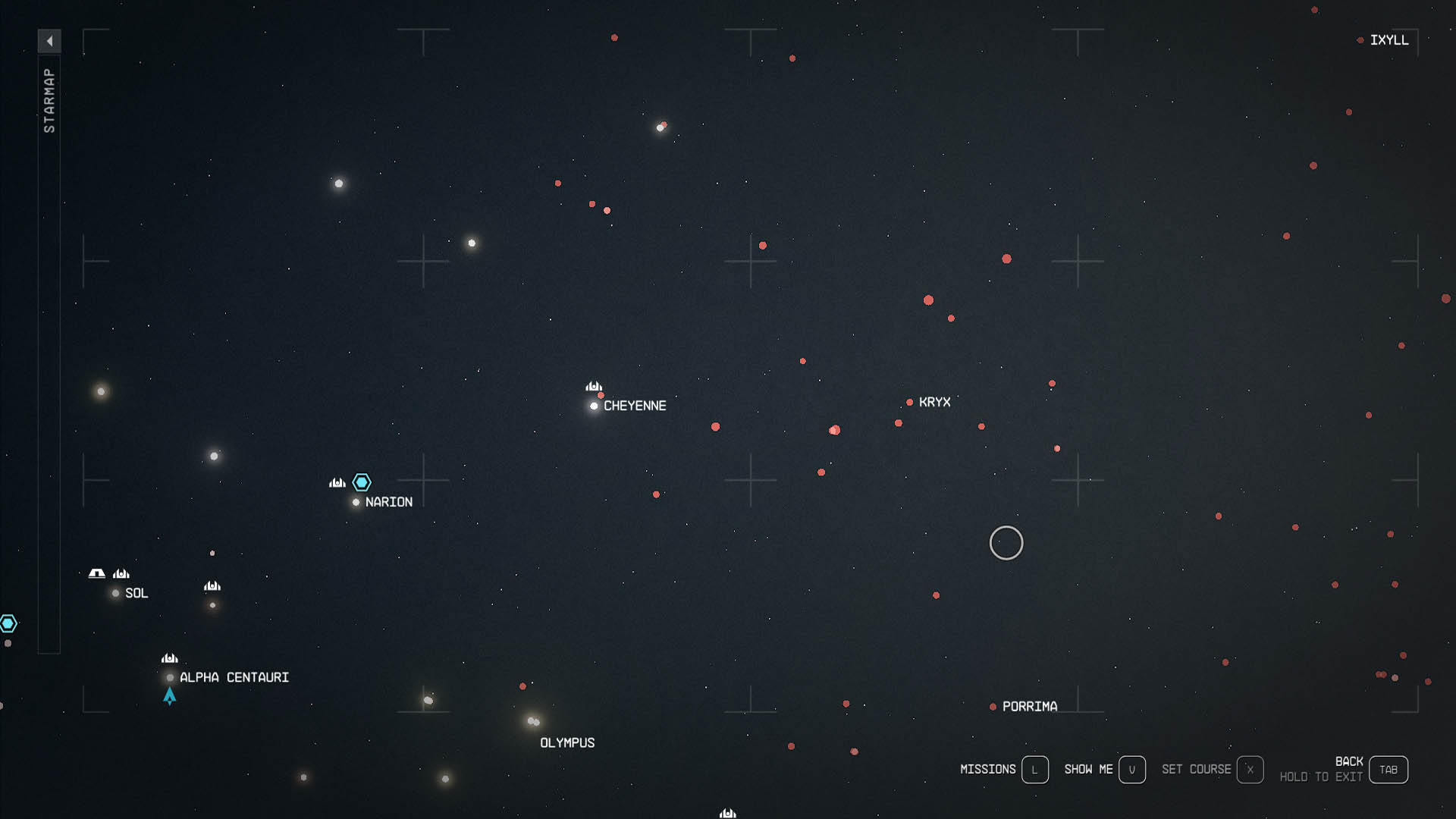
Starfield boasts more than a thousand planets across a hundred star systems. Powered by procedural generation, the planets in Starfield offer several points of interest of different natures. From abandoned industrial outposts to caves occupied by the most freakish monsters, exploring these planets can be delightful at times.
It is worth noting that the points of interest are often similar to each other. But Bethesda’s incredible expertise in tailoring environmental storytelling definitely shines in Starfield. That serves as the core motivator to explore planets. Sometimes, you encounter a cave occupied by the most freakish creature or find yourself in an abandoned laboratory with dead scientists lying on the ground.
These are also some of the best things about Starfield.
Wrapping Up
Despite its glaring drawbacks, Starfield captivates you in its world, letting you be anything you want. You can be a space pirate who steals ships to sell for profit. You can also be a colonizer who builds numerous outposts across the Settled Systems for massive resource extraction.
The world of Starfield keeps you in it despite its immersion-breaking aspects. That’s why we can’t stop being mad at it while craving to spend another hour in it. That’s why we feel the best things about Starfield are enough to keep us in its massive world.
Until The Elder Scrolls VI releases, of course.


